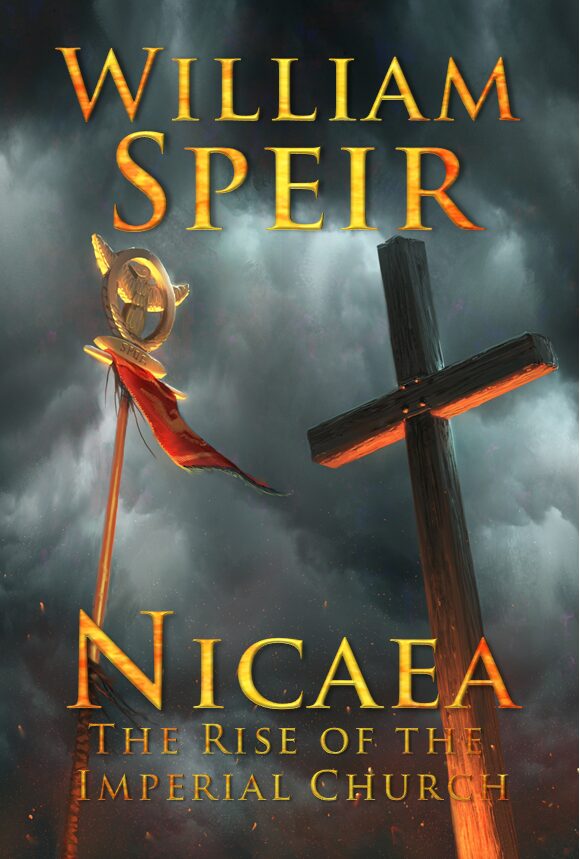Description
Early in the 4th century, a new doctrine threatened to split the Christian churches apart. The Roman Emperor Constantine I grew tired of the debate. He needed a unified church to control his empire in ways that his legions couldn’t. In 325 AD, he called a meeting of Christian bishops at Nicaea to end the debate once and for all. The Council of Nicaea created the blueprint for the Christian Churches going forward, but was it the blueprint for an institution dedicated to the salvation of mankind, or for a tool of statecraft to benefit the Emperor? Nicaea – The Rise of the Imperial Church follows the men who became the focus of the council meeting held in Nicaea: Arias (the priest who led the opposition to the new doctrine), Alexander (the bishop who championed the new doctrine), Hosius (the boyhood friend of the Emperor and the force behind the creation of the Imperial Church), Athanasius (Alexander’s successor and Hosius’ ally), and Emperor Constantine (who wanted a church that he could use to control the people of his Empire).
ADDITIONAL REVIEWS ARE AVAILABLE ON AMAZON






pwsadmin –
Clearly written, with a good narrative, I’d always wondered how the Christian Church got so many pagan customs into its liturgical year. Now I know. I would have liked a better description of Nicea and its foods, but he covered the topic well. Thanks